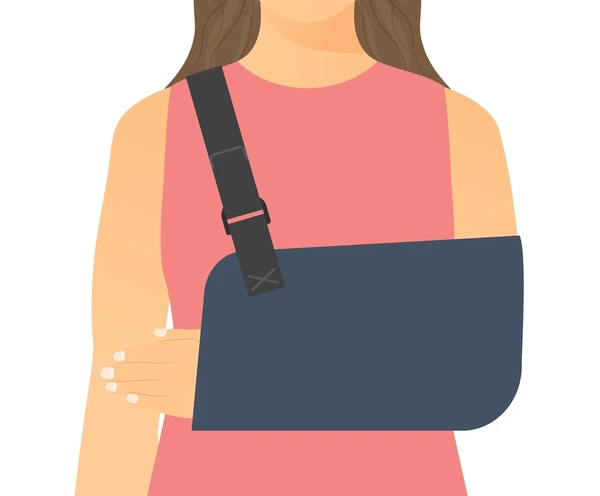Reverse Shoulder Replacement or Hemiarthroplasty For Proximal Humerus Fracture?
The most common fracture or broken bone in the shoulder is the proximal humerus, which is the upper arm bone or ball of the shoulder. The majority of proximal humerus fractures can be treated without an operation. However, in cases of substantial separation or displacement, surgical treatment may be beneficial. If surgery is required, most of these fractures can be fixed with a plate and screws or pinning. But in older patients with fractures that are in several parts, a repair may not be predictable because the bone quality in these patients is poorer and the blood supply to the ball of the shoulder joint may be disrupted. For these reasons, a fracture with several parts (i.e. 3-part or 4-part) in an older patient may be best treated with a shoulder replacement.When a shoulder replacement is required for treatment of a proximal humerus fracture, the procedure of choice for many years has been a hemiarthroplasty. In this procedure, a metal prosthesis (artificial joint) is used to replace the ball joint. Unfortunately, the results of this procedure are often poor because it is difficult to get the tuberosities (which provide the bony attachment of the rotator cuff) to heal to the metal prosthesis. As a result, it is common for these patients to have pain relief but have difficulty raising the arm above shoulder level since the rotator cuff is effectively not functioning properly.The introduction of the reverse shoulder replacement in changing the approach to treatment of 3- and 4-part proximal humerus fractures in older patients. With a reverse replacement, a ball is secured to the glenoid (socket of the shoulder joint) and a stem with cup is placed in the arm bone. The reversal of the ball-socket relationship creates a stable shoulder since the ball is fixed. This is important since the rotator cuff normally keeps the ball centered in the socket. By restoring stability the deltoid can then raise the arm and a patient may achieve pain relief as well as improvement in function. For fractures, it was first recognized that reverse replacements were beneficial for patients who had fractures that did not heal well or for salvage after a poorly functioning hemiarthroplasty. With this success, surgeons began using reverse shoulder replacement for immediate treatment of selected 3- and 4-part proximal humerus fractures.In the November 2013 issue of The Journal of Bone and Joint Surgery a study reviewed the experience of one surgeon with hemiarthroplasty compared to reverse shoulder replacement in elderly patients with proximal humerus fractures. The surgeon treated 26 straight patients with a hemiarthroplasty then switched his practice and treated the next 27 patients with a reverse shoulder replacement. Outcome scores, satisfaction, and motion were all higher in the reverse shoulder replacement group. Patient satisfaction, for instance, was 91% in the reverse group compared to only 61% in the hemiarthroplasty group.In my own practice, when surgical treatment of a proximal humerus fracture is required, I always prefer repair of the fracture, if possible. However, in the setting of an older patient with a non-repairable fracture, I vastly prefer a reverse shoulder replacement to a hemiarthroplasty. I have found this procedure to be equivalent in surgical time but much more predictable in the final functional result.
Similar posts



